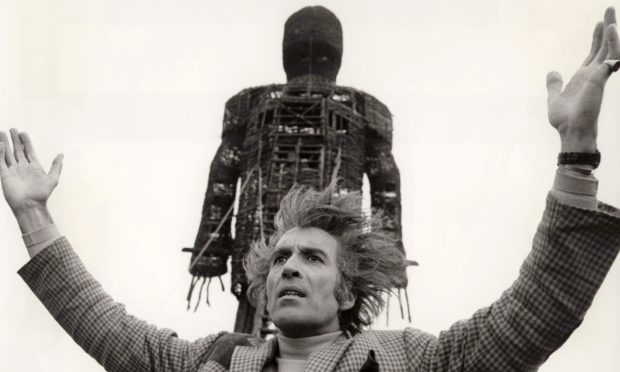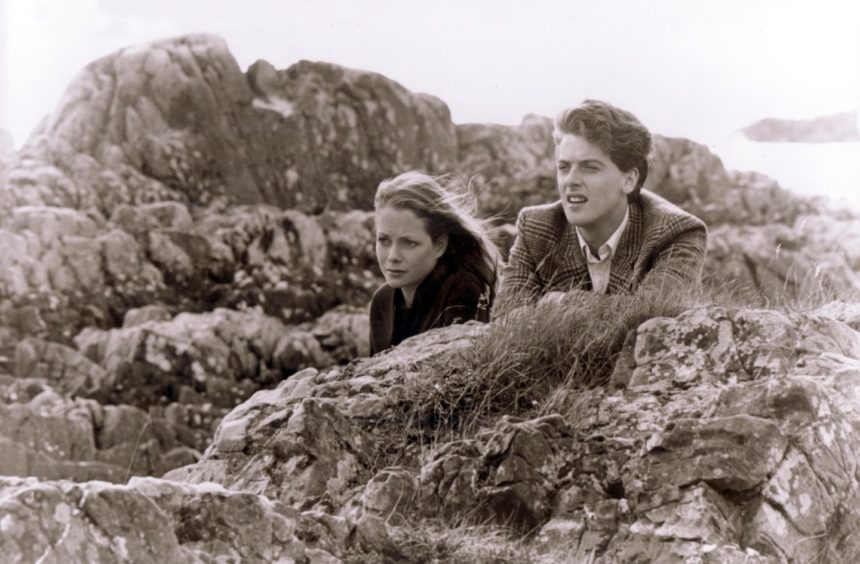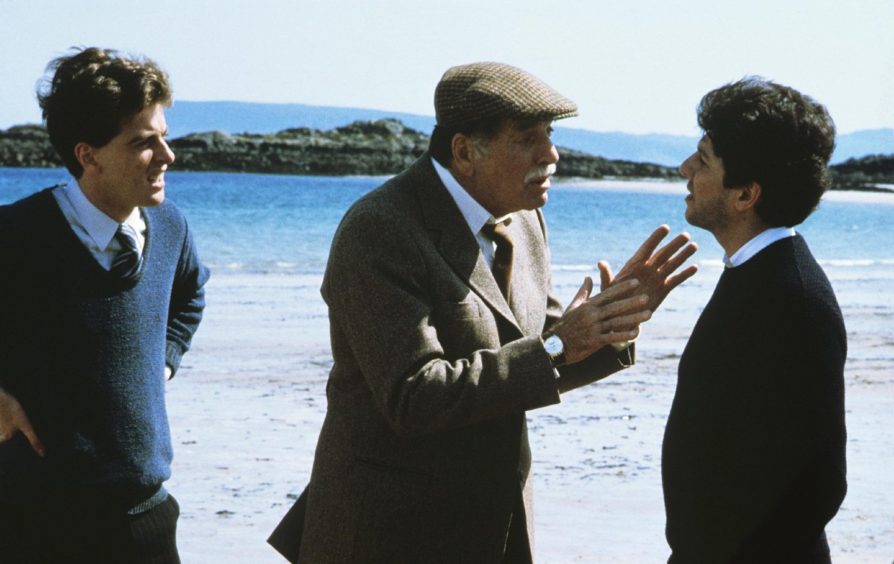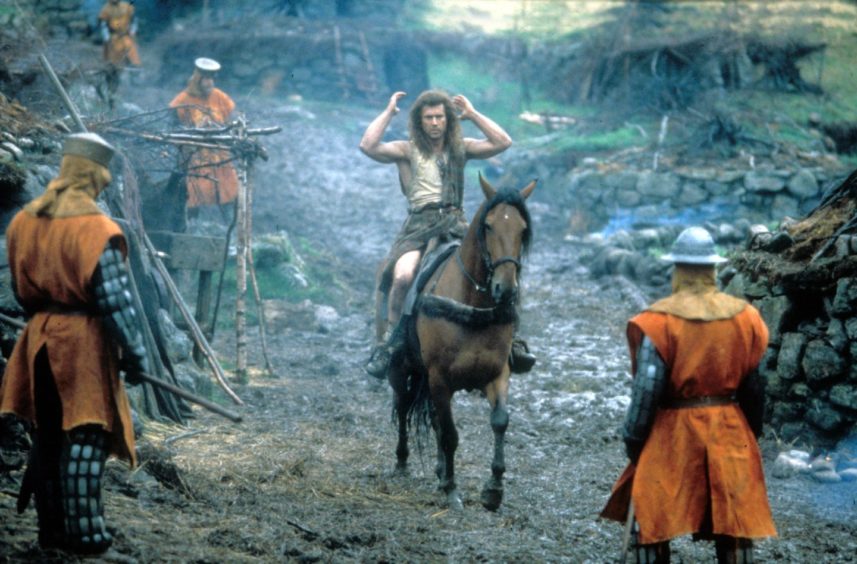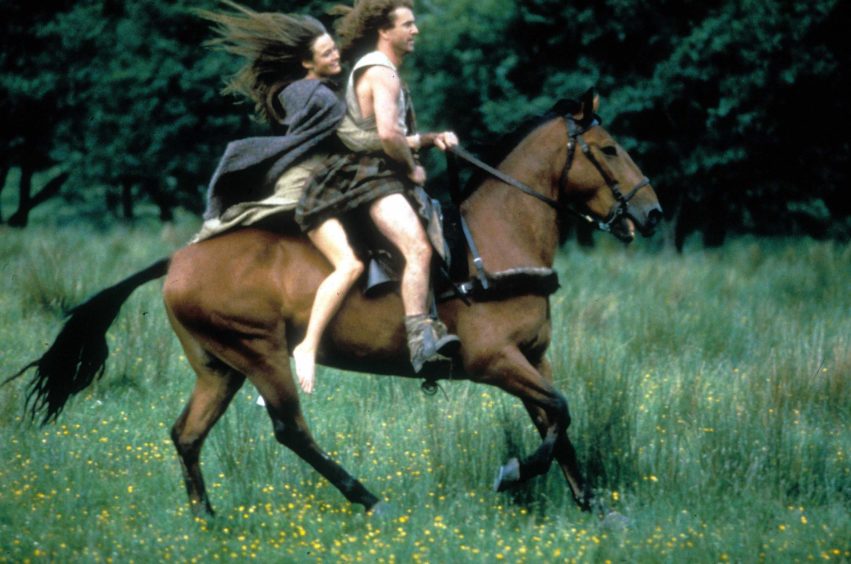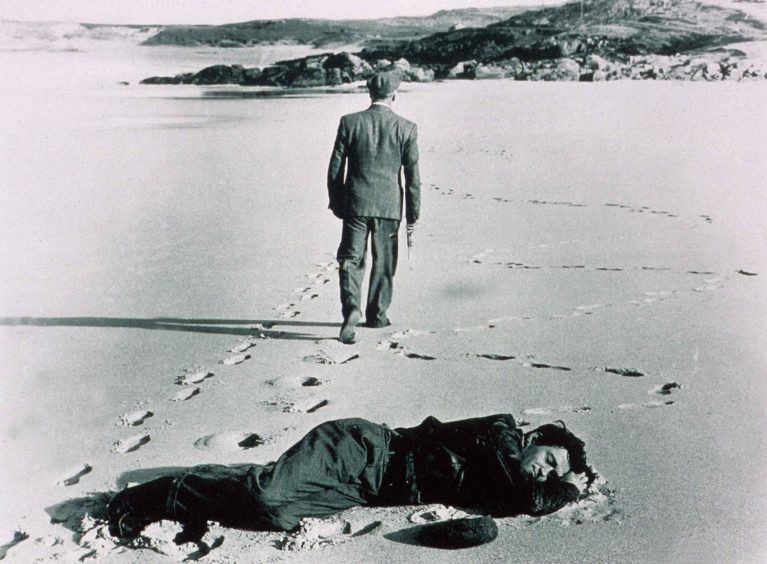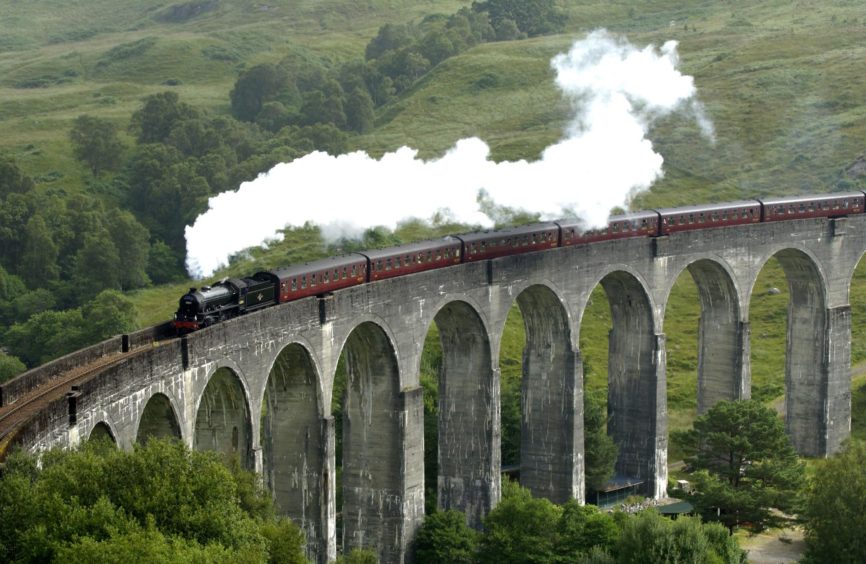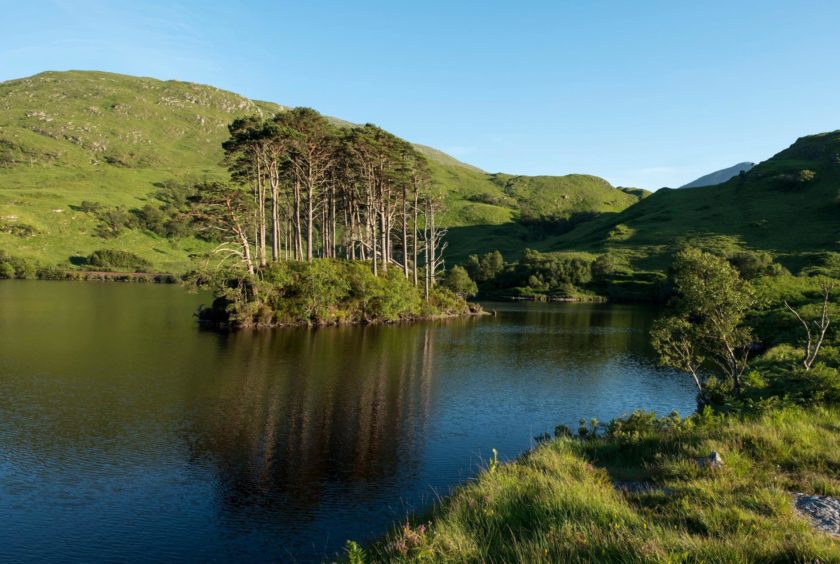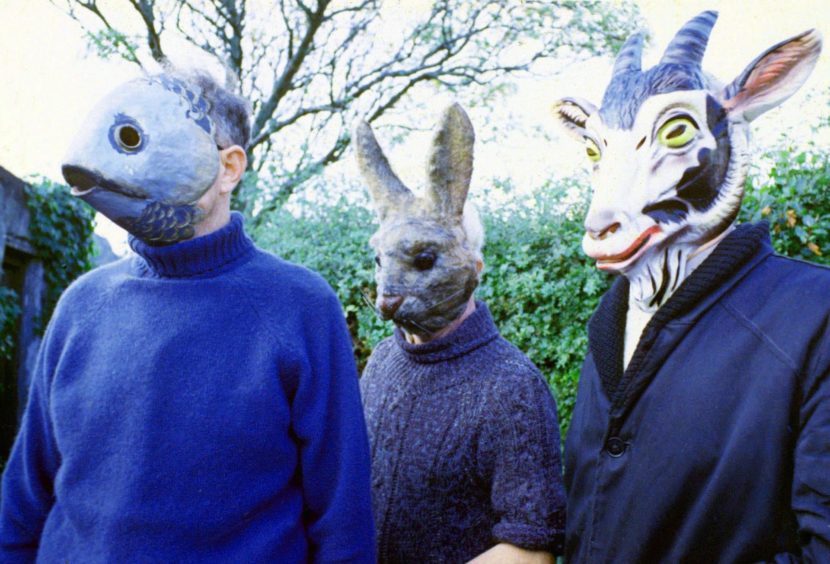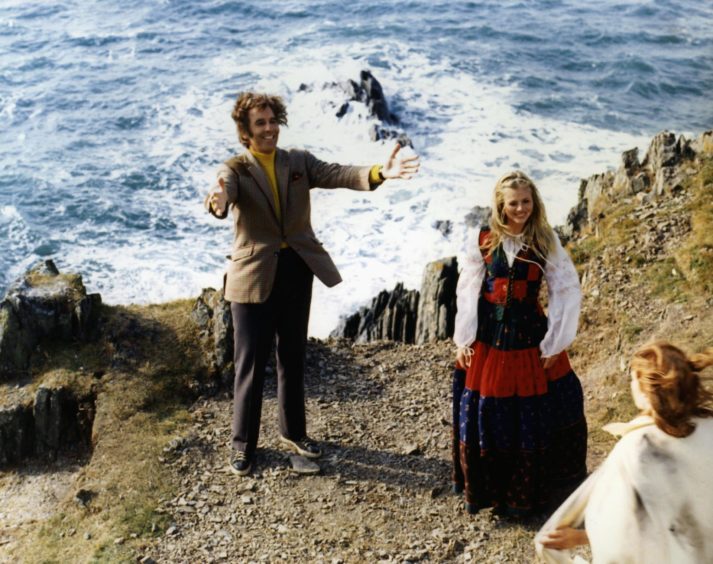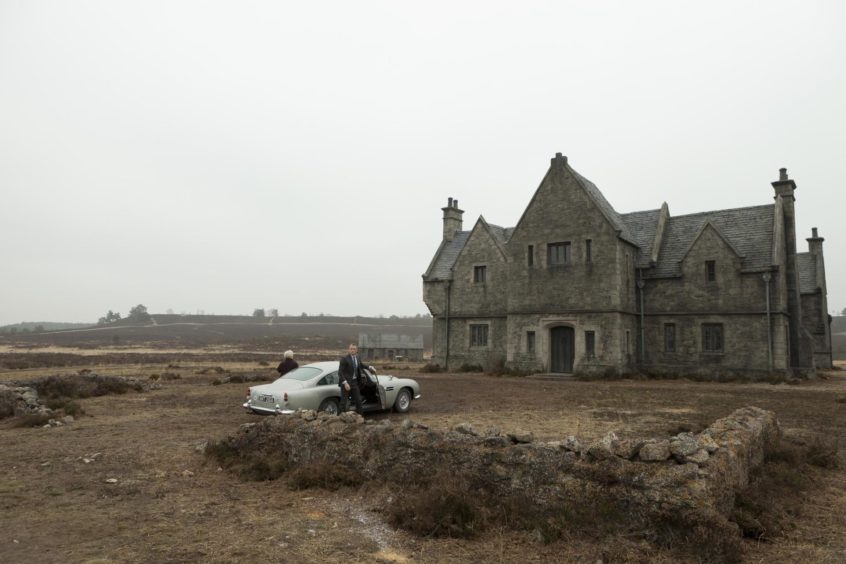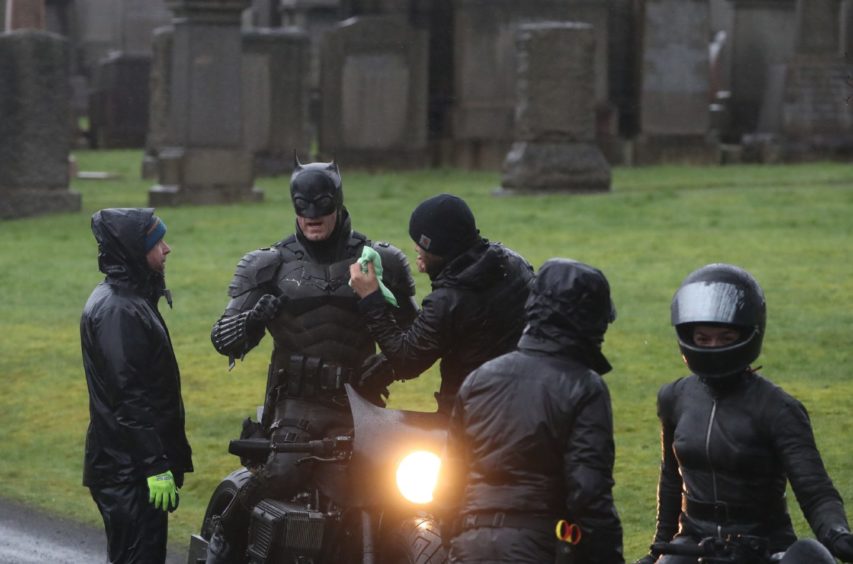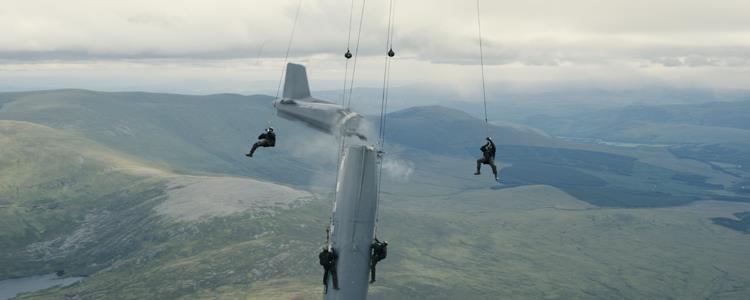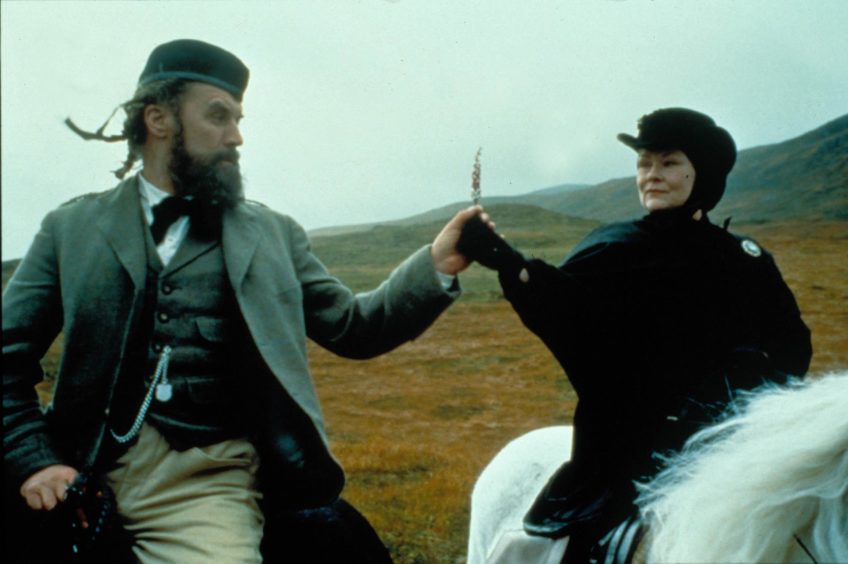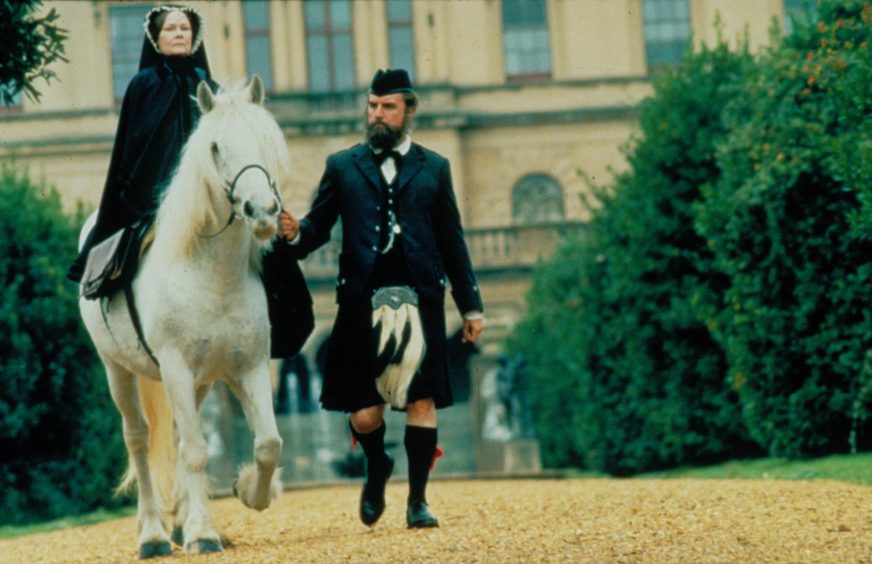Scotland has never lacked for myths and legends and ample places of natural beauty with a wow factor which doesn’t require CGI.
So it’s no surprise that many film-makers have been drawn to the more picturesque and transcendent locations which proliferate in the north and north east of the country.
As Christmas approaches at the end of an unprecedented year, which will be devoid of the usual mass Hogmanay celebrations, most of us will be staying close to home, seeking escapism in the movies which have illuminated Scotland at its best.
And, whether it is relying on wonderful scenery, occasionally dodgy history, quirky customers, magic spells and folklore or even cartoon characters, we’re quietly confident that you will enjoy at least a few of the films on our list, which all feature the raw rugged beauty of the country where we live.
Local Hero showed a wonderful culture clash
It’s difficult to believe that it’s nearly 40 years since this lovely film was released and immediately attracted positive reviews across the world.
The meeting of brash American executives and quirky, irrepressible Scots could have turned into an explosion in a cliche factory in the wrong hands, but Bill Forsyth, who based it in the Aberdeeenshire village of Pennan and also shot scenes in Morar and Arisaig, showed a wonderfully deft touch in bringing the story to the silver screen.
It obviously helped that the writer-director had access to a stellar cast, featuring the likes of Burt Lancaster, Denis Lawson, Fulton Mackay and Peter Capaldi, with atmospheric music from Mark Knopfler of Dire Straits.
But this was one of the rare occasions where everything clicked in the story about an American oil company representative being sent to the fictional village of Ferness to purchase the town and surrounding property for his company.
Forsyth deservedly won the 1984 BAFTA award for Best Direction.
Braveheart wasn’t subtle, but it struck a chord
This 1995 American film was directed by Mel Gibson, who also took the lead role of the 13th-century freedom fighter William Wallace.
Don’t expect historical veracity or nuance in the script by Randall Wallace. Instead, this is a work entirely populated by goodies and baddies with barnstorming battles and Gibson at the centre of all the big action sequences.
On that level, it works.
Braveheart was filmed in Scotland and Ireland from June to October 1994 and when it was released the following year, received generally positive reviews from critics, who praised the performances, direction and production values.
However, others – with a knowledge of Scottish history – criticised its many inaccuracies, especially regarding Wallace’s title, love interests, and attire.
Oblivious to those concerns, it was nominated for no less than ten Academy Awards and won five: Best Picture, Best Director, Best Cinematography, Best Makeup, and Best Sound Effects Editing.
Whisky Galore! was both Scotch and wry
This is another classic from the Ealing studio vaults, another tale of plucky local residents defying government and bureaucracy in ingenious fashion.
Whisky Galore!, the 1949 British comedy, starring Basil Radford, Joan Greenwood and Gordon Jackson was the directorial debut of the gifted Alexander Mackendrick; and the screenplay was by Compton Mackenzie, an adaptation of his 1947 novel of the same name, and Angus MacPhail. It proved the perfect blended malt.
It was filmed on the island of Barra, where the weather was so poor that the production overran its 10-week schedule by five weeks, and the film went £20,000 over budget.
Michael Balcon, the head of the studio, was unimpressed by the initial cut, and one of Ealing’s directors, Charles Crichton, added footage and re-edited the work before its release.
But it quickly became a hugely successful film and emerged in the same year as Passport to Pimlico and Kind Hearts and Coronets.
A remake in colour, shot in and around Portsoy in 2016, added little to the original.
Pottering about with magic in the Highlands
There was never much chance of the adventures of the young wizard created by JK Rowling not being transferred successfully to the big screen and especially given the cast list of renowned British acting talent who joined Daniel Radcliffe throughout his seven-film battle with Lord Voldemort.
But the Scottish landscape also played a prominent role in the series with the pupils’ journey to Hogwarts taking them over the magnificent 21-arched Glenfinnan Viaduct; a structure which has now become one of the most photographed in the world.
The Potter movies have their own satellite channel, so there will be ample opportunity to watch them again during the festive period.
If you do, watch out for the location of Hagrid’s hut at Glencoe, near the Clachaig Inn, Rannoch Moor, Steall Falls and Loch Eilt with its tiny island of Eilean Na Moine which plays a poignant role in Harry Potter and the Deathly Hallows, Part 1.
Even now, 23 years after the first book was published, they remain spell-binding.
Wicker’s world became a controversial sensation
If you don’t already know the story of this famous/notorious foray into folk horror, we’re not going to spoil it for you.
Suffice to say that, while it sparked controversy when it was released in 1973, it has subsequently become one of the most distinctive works in the whole British film canon.
Directed by Robin Hardy with a screenplay by Anthony Shaffer, the cast includes Edward Woodward, Britt Ekland, Ingrid Pitt and Christopher Lee.
But the Scottish landscape is almost as prominent during the grisly proceedings.
It was shot entirely on location in Gatehouse of Fleet, Newton Stewart, Kirkcudbright, Plockton, while some of the opening scenes feature the Storr and the Quiraing on Skye.
No more spoilers, but once seen….never forgotten.
The Sky’s the limit for James Bond.
Given that Ian Fleming created 007 and the first man to play the agent was Sean Connery, there has always been a strong connection between Scotland and James Bond.
Following in the footsteps of such notable films as From Russia with Love and On Her Majesty’s Secret Service, Skyfall – with Daniel Craig in the lead role – was the latest blockbuster to feature the often jaw-dropping landscapes of the Highlands.
Scenes from from the movie were shot on closed sets in Glen Coe, as well as in nearby Glen Etive, and one of the sequences was created on the A82 near the transcendent peaks of Buachaille Etive Mor and Buachaille Etive Beag.
These settings followed in the footsteps of Eilean Donan Castle, which had a cameo in The World is Not Enough and Gare Loch which appeared in The Spy Who Loved Me.
Knight and Day for a Scottish connection
Given the development and advances made in computer graphic imagery, one might imagine that film-makers would be able to do anything in a studio.
But that hasn’t happened so far and esteemed director Christopher Nolan was just the latest in a long line of accomplished auteurs who turned to the Scottish landscape as he set about finishing his Batman trilogy.
The movie’s special effects supervisor revealed to Empire magazine that the crew had originally planned Arizona as the setting for the pivotal opening scenes, but Nolan decided this didn’t possess a sufficient “wow” factor and chose to shoot the aerial action scenes over the “more visually distinct” Highlands.
And so it was that stuntmen and a film crew made parachute jumps at an airstrip in the Cairngorms as part of the production.
Parachutists, dressed in black, and using a private jet painted the same colour, flew out of Cairngorm Gliding Club’s site at Feshie Bridge and eventually ended up generating more than £1m for the Highland economy.
The CGI was added later. But you need the right raw materials in the first place!
The right Mrs Brown to watch at Christmas!
Billy Connolly is rightly feted as a master comedian, somebody who has had audiences in the palm of his hand with his masterfully-constructed anecdotes.
But, as he demonstrated in the award-winning film Mrs Brown, which charted the relationship between Queen Victoria and her loyal servant, John Brown, the Big Yin is an accomplished actor who more than held his own in the company of Judi Dench.
The movie, directed by John Madden, gained widespread recognition and benefited from the resplendent Scottish locations which featured in the production.
Some scenes were shot at Duns Castle in the Borders and at various locations on the Ardverikie Estate in Badenoch, which was also used in Monarch of the Glen.
Mrs Brown is much harder edged than the latter: this is definitely not a case of checking your brain in at Downton Abbey, but it features genuinely touching performances from the two leads and Antony Sher, Geoffrey Palmer and Gerard Butler in his film debut.
Indeed, it’s difficult to believe at this stage that Dench was subsequently pipped for an Academy Award by Helen Hunt in As Good as it Gets. No, me neither!
But if it’s a choice between Mrs Brown and Mrs Brown’s Boys, its not really that hard!
